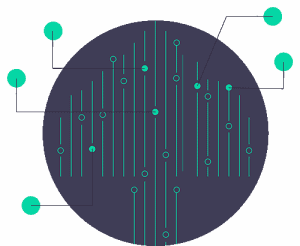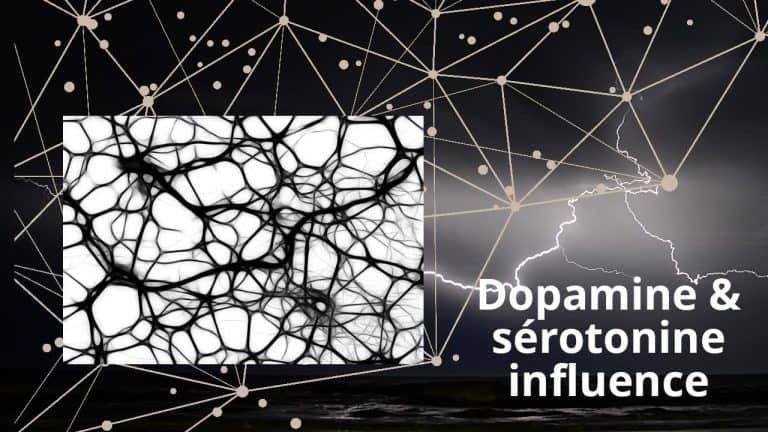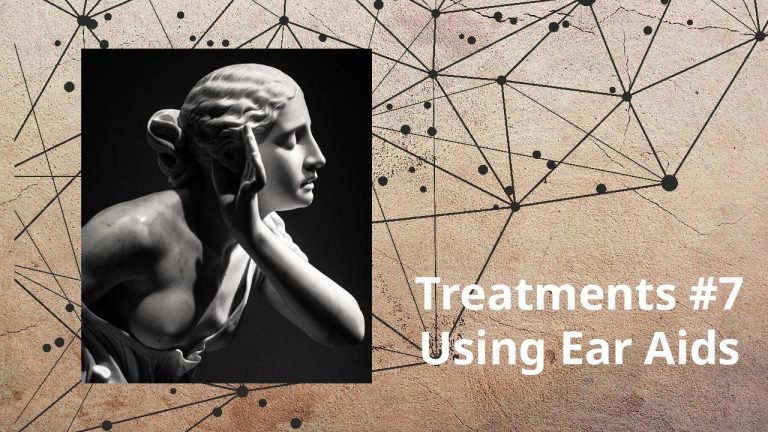Dopamine and Serotonin influence.
Dopamine and serotonin are neurotransmitters, i.e. biochemical molecules that enable communication within the nervous system, in others words, they are messengers of the nervous system.

Dopamine
Dopamine is known to directly influence behaviour.
It reinforces normally beneficial actions such as eating a healthy food by causing the sensation of pleasure, which activates the reward/reinforcement system.
More generally, it plays a role in motivation and risk-taking in all mammals, including humans.
This molecule is also involved in certain abstract pleasures such as the pleasure experienced when listening to music.
Dopamine has been shown to be present in the first synapse of the auditory pathway, modulating all processes responsible for the perception of sound.
Serotonin
Serotonin is synthesised by certain neurons from an amino acid, tryptophan, which is a small part of the composition of food proteins. It is considered by some to be the “happiness hormone” because of its significant effects on mood. It has been shown that people who suffer from depression have lower than average levels of serotonin.
Its activity starts in the brain and it plays a key role there. It is therefore involved in mood management and is associated with happiness when it is at a balanced level, reducing risk-taking and encouraging the individual to maintain a favourable situation.
Since serotonin serves to inhibit many areas of the brain, the same areas are “uninhibited” when there is too little of it, which can lead to reckless risk-taking, for example.
Serotonin acts in the central nervous system by calming and counteracting the effects of dopamine, which instead promotes risk-taking and the activation of the reward system.

Dopamine, Serotonin and Tinnitus
Neuroscientists Josef Rauschecker and Markus Ploner have, together with colleagues from Georgetown University (USA) and Technical University of Munich (Germany), described how neural mechanisms that normally act as a barrier and control pain and noise signals can become dysfunctional, leading to chronic perception of these sensations.
These signal control systems rely on the transmission of dopamine and serotonin between neurons, and several areas of the brain are responsible for these faulty sensations.
Tinnitus can occur after the ears have been damaged by a loud noise, but even after the ears have returned to normal, the brain continues to “hear” a buzzing or other form of noise. Similarly, chronic pain can arise from an injury that will heal externally, but will persist in the brain.
These sensations, often referred to as ‘phantoms’, are real, produced by the brain that continues to ‘feel’ the original injury, failing to down-regulate the sensations, according to Rauschecker.
Cerebral plasticity, i.e. the capacity of the brain’s neural circuits to change, in one direction or another, also allows us to hope for a restoration, at least partial, to the initial state.
Because these signal control systems rely on the transmission of dopamine and serotonin between neurons, drugs that modulate dopamine could thus help restore sensory filtering, and thus reduce the experience of tinnitus or pain.
Other problems that often occur in ‘sync’ with tinnitus and chronic pain are depression and anxiety, which are also modulated by the same areas of the brain.
Some of these people can be treated with selective serotonin inhibitors (SRIs), which work by increasing brain levels of serotonin. They therefore enhance the effects of serotonin in the brain.
According to a study published in August 2017 by researchers from Oregon Health & Science University in the specialist journal Cell Report, these types of antidepressants could make subjective tinnitus worse.
The problem is that, according to the American researchers, the neurons in the dorsal cochlear nucleus (an area of the brain directly linked to the ears) are ‘excited’ by the amplification of the action of serotonin. Under the action of IRS antidepressants, these neurons become hyper-sensitive to external stimuli… which has the side effect of aggravating subjective tinnitus in the patients concerned.
Good to know!




